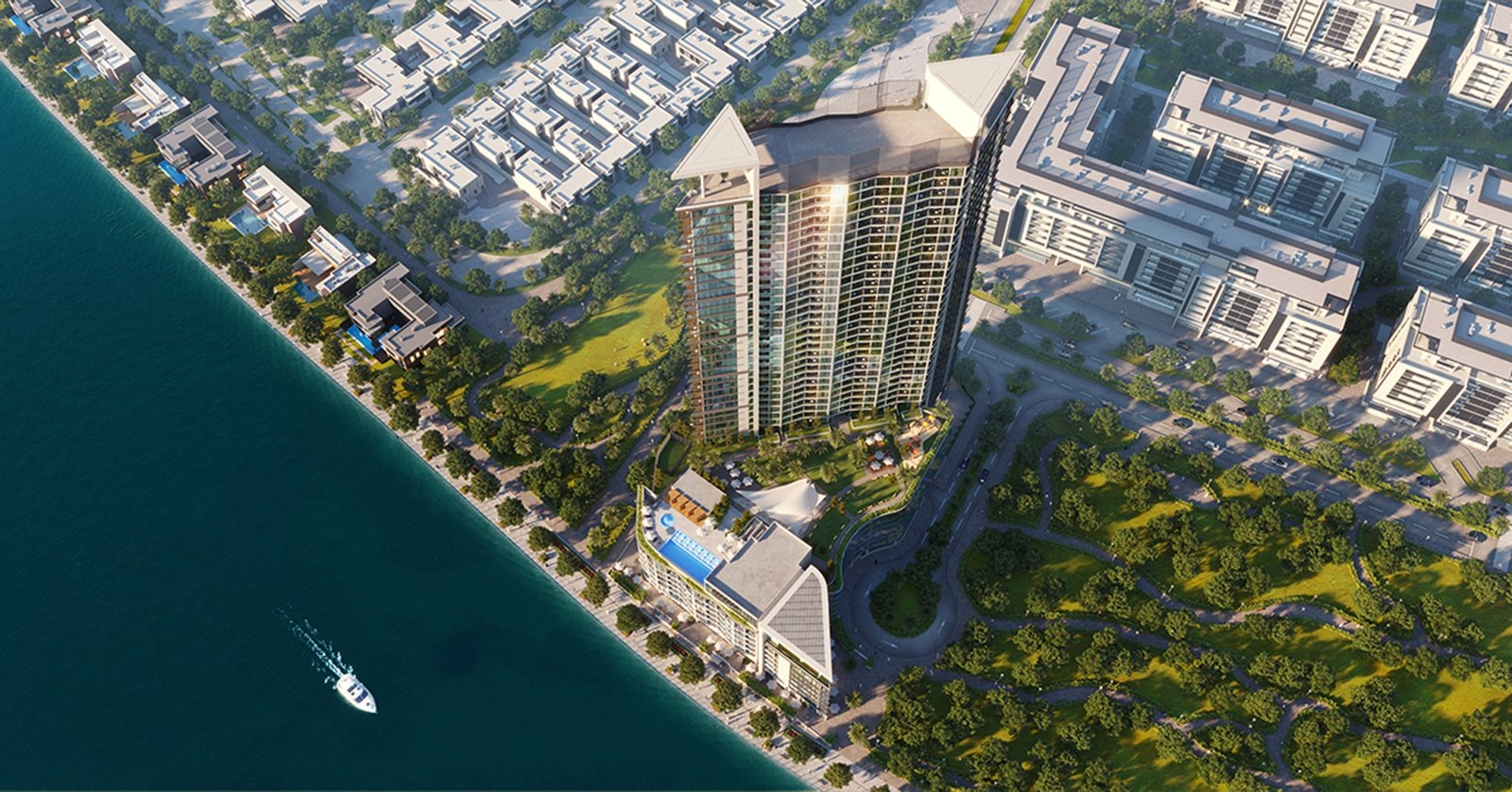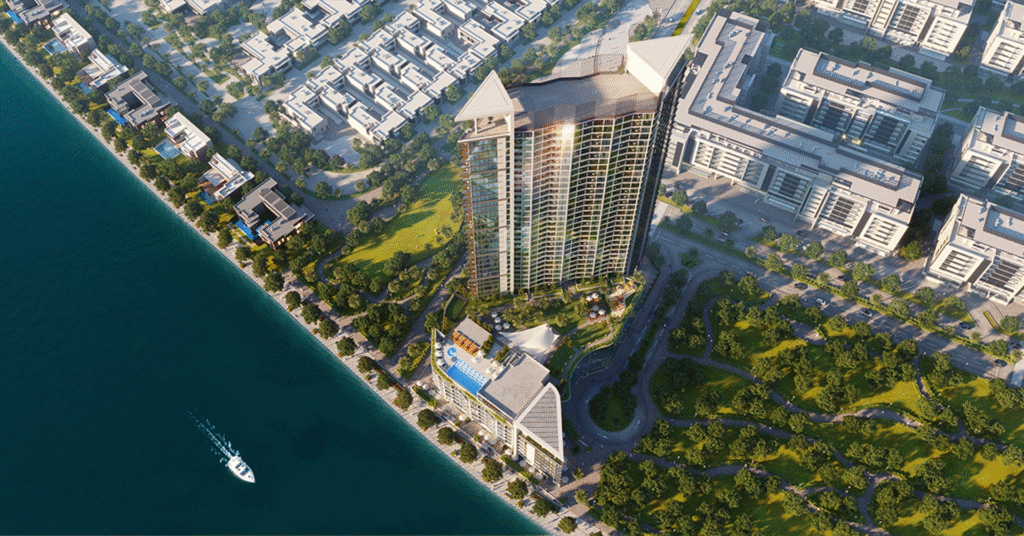Now Reading: 7 Powerful Ways Sobha Realty Grows With Backward Integration
-
01
7 Powerful Ways Sobha Realty Grows With Backward Integration
7 Powerful Ways Sobha Realty Grows With Backward Integration

Table of Contents
Backward integration drives Sobha Realty’s expansion across India, redefining how real estate developers operate in today’s competitive landscape. As one of the most reputed luxury real estate developers in the country, Sobha Realty has adopted a unique backward integration model that allows it to control every aspect of its development chain—right from raw materials to final construction. This strategy has helped Sobha increase efficiency, reduce dependency on external suppliers, and maintain its signature quality across all projects.
Backward integration is not a new concept, but Sobha Realty’s deep commitment to it sets a benchmark in the Indian real estate sector. By owning and managing a significant portion of its supply chain—from concrete blocks to furniture—Sobha ensures timely project delivery, cost control, and world-class quality standards.
What is Backward Integration?

Backward integration is a business strategy where a company expands its role to take control of its supply chain. In real estate, this means developers manage or own operations that supply raw materials or provide construction services. For Sobha Realty, this has included setting up in-house teams for architecture, design, construction, engineering, manufacturing, and even furniture.
This vertical consolidation enables the company to avoid third-party delays and quality issues that usually plague real estate projects in India.
7 Powerful Ways Sobha Realty Is Winning With Backward Integration
1. Unmatched Quality Control
One of the biggest advantages of backward integration is the ability to maintain consistent quality. Sobha Realty doesn’t just buy materials—it produces them. This includes ready-mix concrete, aluminium formworks, interior woodwork, and mechanical, electrical, and plumbing (MEP) systems. Since all elements are manufactured in-house, Sobha ensures that its luxury promise is fulfilled down to the finest detail.
2. Faster Project Completion
Traditional developers depend on multiple vendors and contractors, which leads to frequent delays. However, backward integration allows Sobha Realty to work on tighter schedules with fewer disruptions. The company has complete control over logistics and materials, enabling it to deliver projects on or even ahead of time.
3. Reduced Costs in the Long Run
Although backward integration involves significant initial investment, it drastically reduces costs over time. Sobha Realty saves money on third-party procurement and outsourcing. Moreover, stable in-house supply means it is less affected by raw material price volatility and market shocks.
4. Sustainability and Waste Reduction
With backward integration, Sobha Realty is better able to implement eco-friendly practices. The company can track material usage, minimize construction waste, and ensure sustainable sourcing. Their backward-integrated model also means less rework due to better quality checks at each stage.
5. Greater Innovation and Customization
When you control the supply chain, it’s easier to innovate. Sobha Realty’s in-house design teams and factories can quickly adapt to new architectural trends, materials, and customer preferences. This flexibility results in unique and high-end living spaces that stand out in the crowded luxury market.
6. Better Customer Satisfaction
Delivering on promises is easier when fewer external variables are involved. Sobha’s customers benefit from timely project delivery, superior craftsmanship, and transparent communication. This customer-first approach has helped the brand maintain high loyalty and strong word-of-mouth referrals.
7. Increased Investor Confidence
Investors seek companies that are reliable, consistent, and capable of managing risks. Sobha Realty’s backward integration strategy is seen as a strong indicator of operational maturity. It reduces dependency on third parties, enhances accountability, and offers better visibility on project progress—critical factors for investment decisions.
Impact on Sobha Realty’s Expansion
As backward integration drives Sobha Realty’s expansion, the company has been able to enter new markets with confidence. Their model reduces the friction of scaling up because the internal ecosystem of production, design, and construction moves together seamlessly. From Dubai to Delhi, Sobha has launched several landmark residential and commercial projects that reflect this integrated approach.
Their backward integration strategy has been especially beneficial in regions with regulatory challenges or contractor shortages. By minimizing reliance on external partners, Sobha reduces local bottlenecks and ensures smooth project execution.
A Model for the Future of Indian Real Estate

While many developers are still dependent on third-party vendors, Sobha’s approach proves that taking control of your supply chain isn’t just a smart choice—it’s a strategic necessity in today’s unpredictable real estate market. From quality and speed to innovation and cost savings, backward integration offers multiple layers of advantage.
The construction sector in India is often criticized for project delays, cost overruns, and lack of transparency. Sobha Realty’s backward-integrated model addresses each of these issues. As more developers face market competition and customer scrutiny, adopting a similar model could become the new standard.
Conclusion
In a market where delays and quality issues are the norm, backward integration drives Sobha Realty’s expansion in a way that truly stands out. The strategy delivers both efficiency and excellence—critical ingredients in a competitive luxury real estate environment.
Sobha Realty’s commitment to vertical integration positions it not only as a builder but also as a manufacturer, innovator, and quality leader. It’s not just building homes—it’s building trust, brick by brick, from the ground up.
Also Read – Generative AI in Real Estate: 5 Powerful Trends to Watch



















